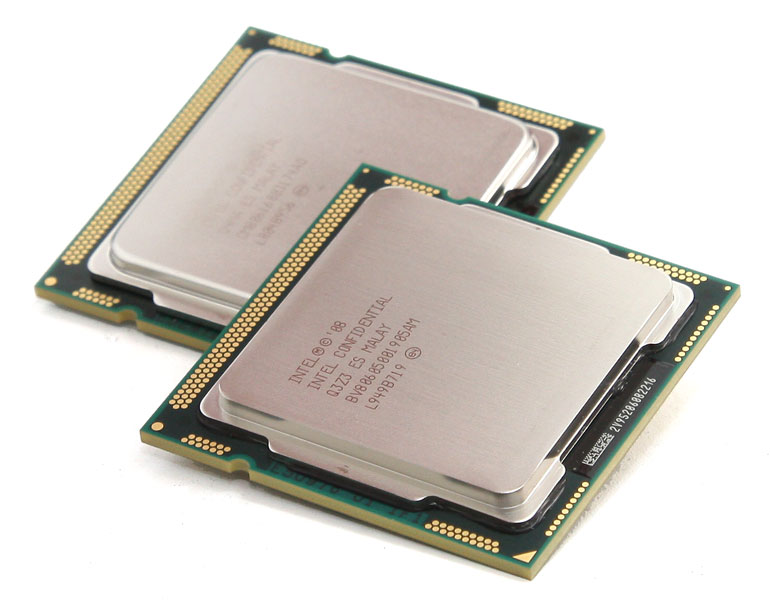Introduction

 Intel today releases two new processors targeted at a somewhat more enthusiast audience. Yes, processors for tweakers and overclockers, well that describes Guru3D's reader base really. See, AMD from top to bottom has a wide and extensive range of Black Edition processors, Intel only has Extreme Edition processors. Both series allow for much better overclocking as the products often come from better yield wafers, but more importantly, they have the processors multiplier unlocked. And that allows a lot more flexibility for overclockers.
Intel today releases two new processors targeted at a somewhat more enthusiast audience. Yes, processors for tweakers and overclockers, well that describes Guru3D's reader base really. See, AMD from top to bottom has a wide and extensive range of Black Edition processors, Intel only has Extreme Edition processors. Both series allow for much better overclocking as the products often come from better yield wafers, but more importantly, they have the processors multiplier unlocked. And that allows a lot more flexibility for overclockers.
One problem though was that Intel did not have an 'unlocked' series for their mainstream to lower segment high end processors. And there's definitely a market for that, and as such on socket LGA 1156 Intel now releases two K series processors.
And this is really interesting as we even see a dual-core Core i5 Clarkdale based processor in the line-up. The two siblings being released today are:
- Core i5 655K processor (3.2 GHz - with 2 cores / 4 threads)
- Core i7 875K processor (2.93 GHz - with 4 cores / 8 threads)
The 32nm Intel Core i5-655K processor has the very same specifications as the Core i5 650; it will operate at 3.2 GHz, will feature two cores with Hyper-Threading technology, sport 4MB of L3 cache and will be made using 32nm process technology. The difference between the 650 and 655K is the unlocked multiplier only.
Then we have the enthusiast class Intel Core i7-875K processor, it has the very same specifications as the Core i7 870; it will operate at 2.93GHz, will feature four cores with Hyper-Threading technology, sport 8MB of L3 cache and will be made using 45nm process technology. The only difference between the two central processing units (CPUs) will be the unlocked multiplier on the 875K chip, which will allow overclockers and enthusiasts to easily boost clock-speed of the product without the necessity of overclocking other parts of their systems.
The i7 875K has a TDP of 95W, while the i5 655K has a TDP of 73W.
With that said, we'll look a bit deeper into the architecture of both processors and then head on over to what it's all about, overclocking. We'll use traditional air-cooling to see if perhaps we can take both processors over 4 GHz, that will be our goal we set today.
Head on over to the next page please.

